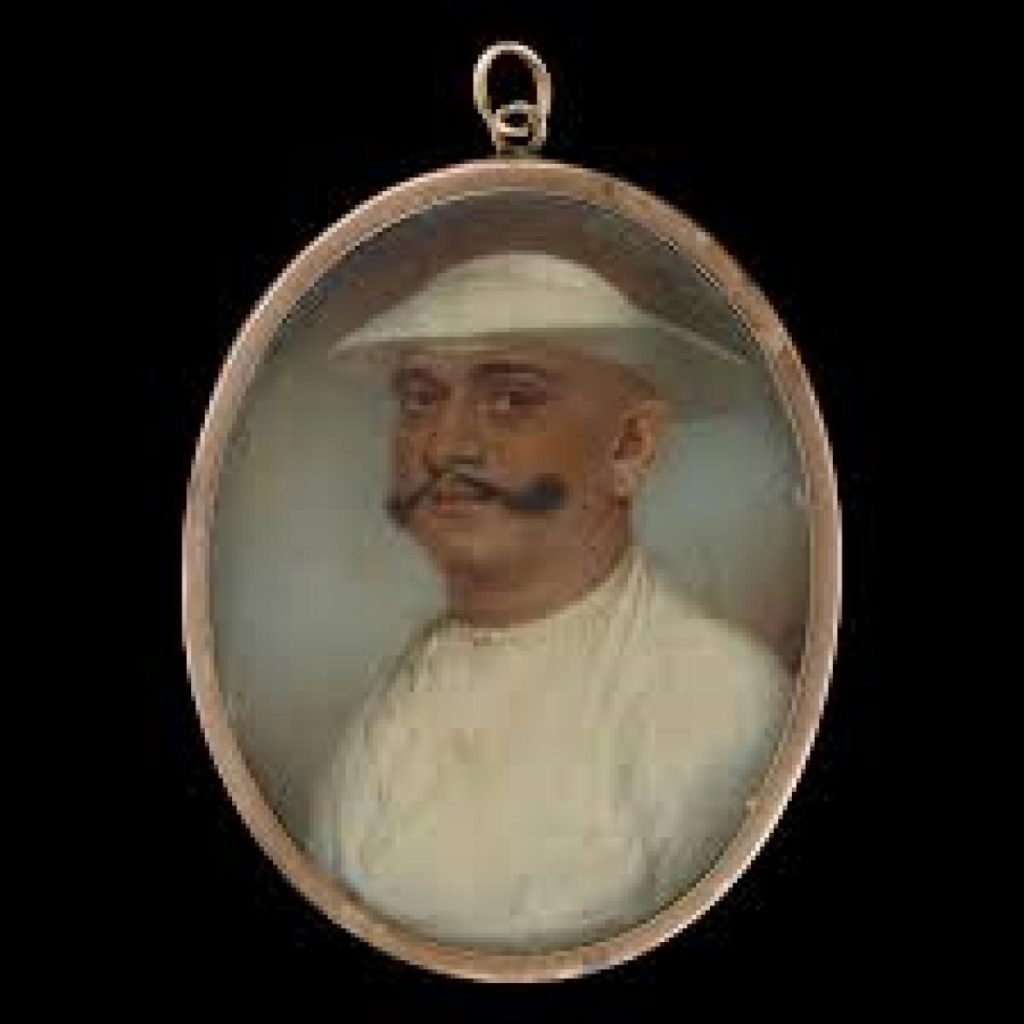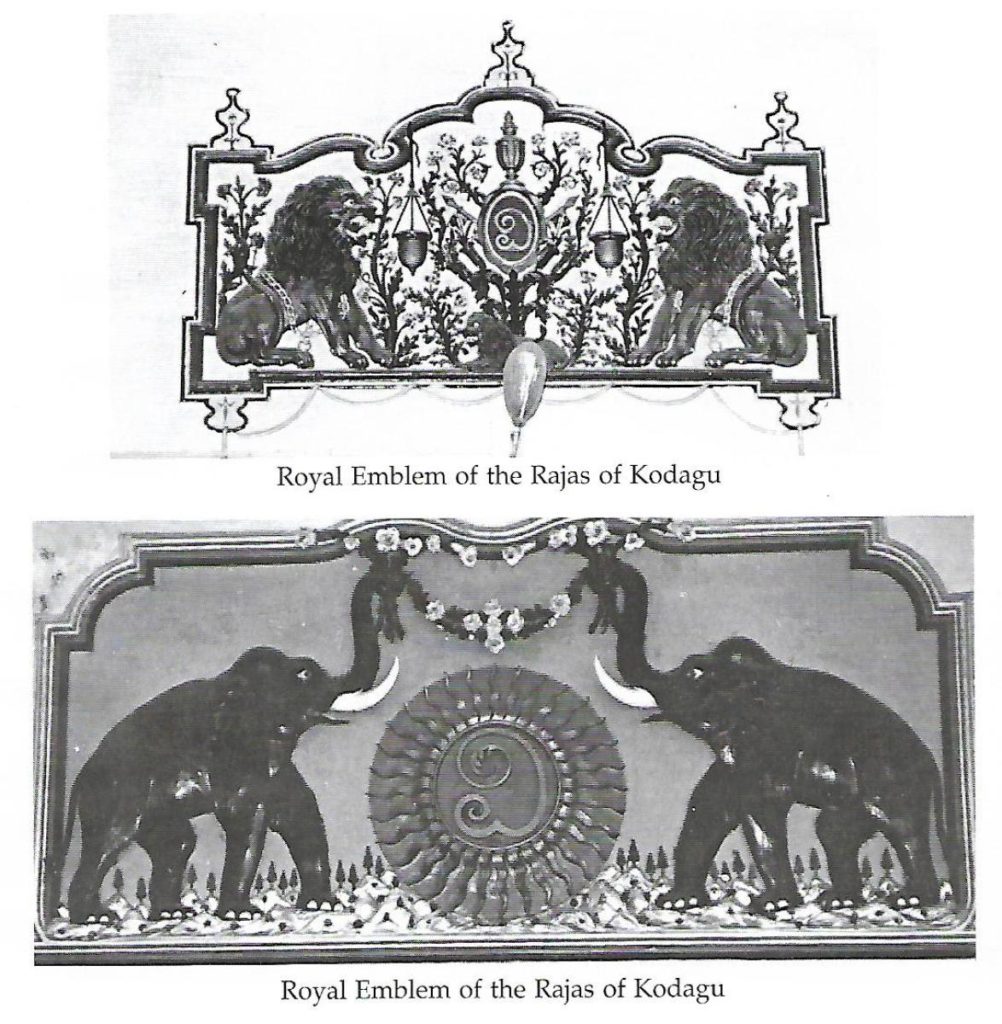
By 1800, Dodda Veerarajendra had sat on the throne of Kodagu for more than ten years. He is well-remembered for making a daring escape from a prison in Periyapatna in 1788, where Tipu Sultan had incarcerated him, his wife, mother, his brothers: Lingarajendra and Appajiraja, along with other close members of the family. With the help of Kodava and Vokkaliga chieftains, he was successful in foiling Tipu Sultan’s schemes to rule Kodagu.
In this endeavour, he forged an alliance with the British East India Company in 1790, which was sealed with a lofty statement: ‘This treaty of friendship between the East India Company and the kingdom of Kodagu is signed with God, Sun and Moon as witness’.
The treaty soon came into play during the third Anglo-Mysore war when Dodda Veerarajendra gave strategic and logistic support to the British army. He also provided transport and provisions for the troops. Similar support was extended to the British during the fourth and the final Anglo-Mysore war which ended in 1799. Eventually, Dodda Veerarajendra was able to consolidate his position in Kodagu.
By 1805, the king had three daughters with his queens Nanjammaji and Mahadevammaji. But in his obsession for a male heir, the raja slipped into deep depression. He started having fits of rage. He increasingly became suspicious of people around him. He was surrounded by the ruthless Siddis, of African origin, as his anga-battas (bodyguards). One day, in paranoiac rage, he ordered the assassination of his brothers Lingarajendra and Appajiraja. While Appajiraja fell to the anga-battas, Lingarajendra barely escaped, and lived to succeed his brother.
Dodda Veerarajendra’s officials were highly concerned and feared for their lives. The court officials then figured that they should bring a hogalu-batta (professional flatterer) to lift the king’s spirits. The feisty hogalu-batta, brought from South Canara, praised the king sky-high with a song composed in his honour. Dodda Veerarajendra was much pleased when the hogalu-batta sang that the king was the valiant ‘Lion of Kodagu’ who vanquished the ‘Tiger of Mysore’. The hogalu-batta got a pouch that jingled with gold coins for his flattery.’
Since there were no lions in Kodagu, the king despatched a letter to Jonathan Duncan, the governor of Bombay Province, to help him get a lion. Duncan replied promptly and asked the king to send his men to transport a lion to Kodagu from a zoo in Bombay.
Dodda Veerarajendra deputed his trusted Jemedhar Monnaiah to head a posse of soldiers to Bombay to fetch the lion. It was an arduous task. The men loaded the cage with the lion on to a bullock cart and trudged along the west coast for a couple of months. Sometime in May, they reached Kodagu at the banks of River Cauvery near Bethari village. While they prepared to cross the river there was an unexpected pre-monsoon downpour. The lion, which had withstood the journey reasonably well, was in distress when it got drenched. Its condition deteriorated. The beast died a couple of days later. Jemedhar Monnaiah and his men were most disappointed and braced themselves for the worst reprisal from the king.
The body of the lion was brought to Madikeri. Jemedhar Monnaiah broke the news to the king. Surprisingly, the king received the bad news quite philosophically. He had the lion stuffed and displayed in his palace.

Subsequently, in 1806, the king even got his royal insignia redesigned by replacing the elephants with lions.
source: http://www.deccanherald.com / Deccan Herald / Home> Spectrum / by C P Belliappa / August 29th, 2020

